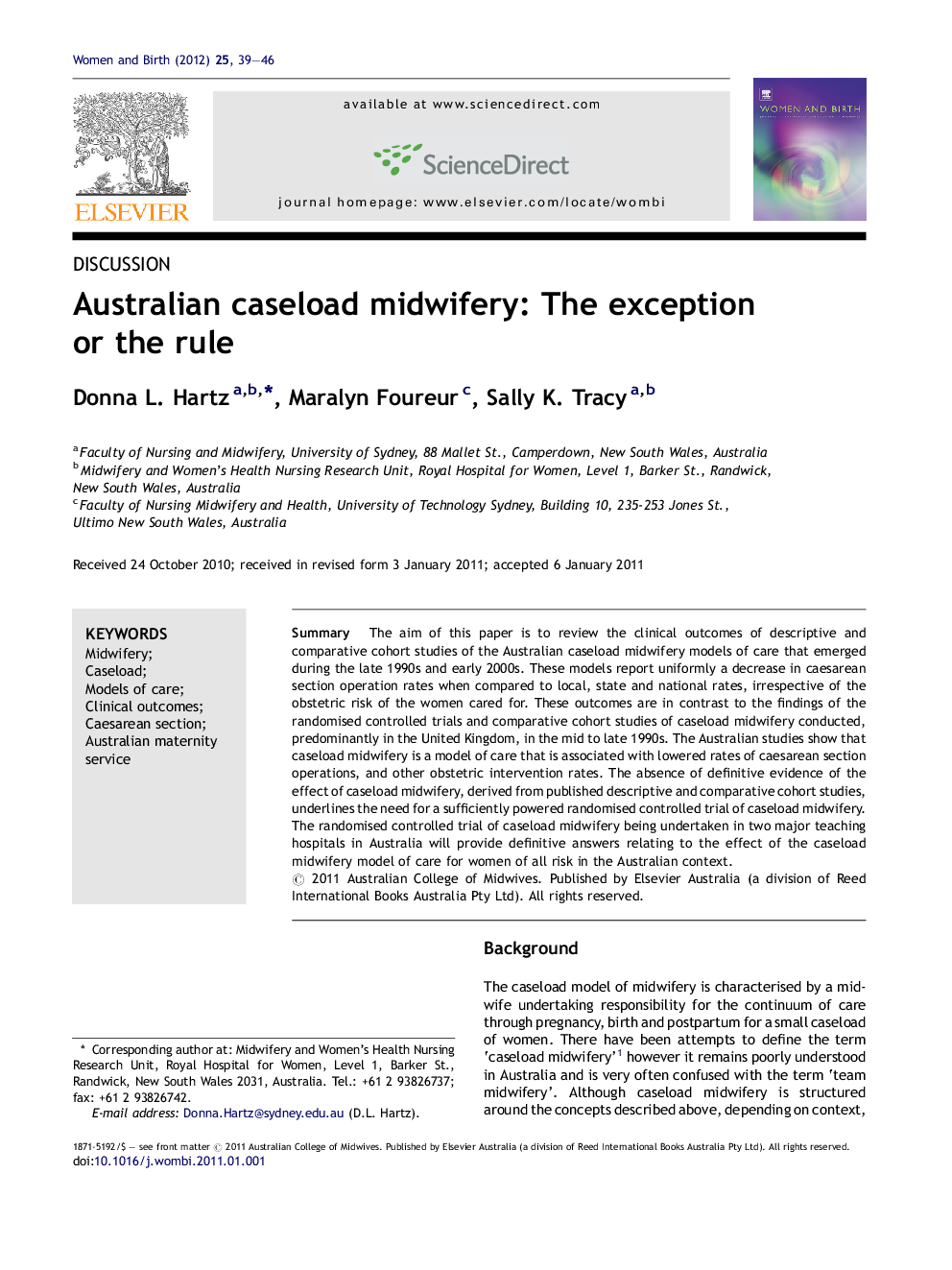| Article ID | Journal | Published Year | Pages | File Type |
|---|---|---|---|---|
| 2636751 | Women and Birth | 2012 | 8 Pages |
SummaryThe aim of this paper is to review the clinical outcomes of descriptive and comparative cohort studies of the Australian caseload midwifery models of care that emerged during the late 1990s and early 2000s. These models report uniformly a decrease in caesarean section operation rates when compared to local, state and national rates, irrespective of the obstetric risk of the women cared for. These outcomes are in contrast to the findings of the randomised controlled trials and comparative cohort studies of caseload midwifery conducted, predominantly in the United Kingdom, in the mid to late 1990s. The Australian studies show that caseload midwifery is a model of care that is associated with lowered rates of caesarean section operations, and other obstetric intervention rates. The absence of definitive evidence of the effect of caseload midwifery, derived from published descriptive and comparative cohort studies, underlines the need for a sufficiently powered randomised controlled trial of caseload midwifery. The randomised controlled trial of caseload midwifery being undertaken in two major teaching hospitals in Australia will provide definitive answers relating to the effect of the caseload midwifery model of care for women of all risk in the Australian context.
